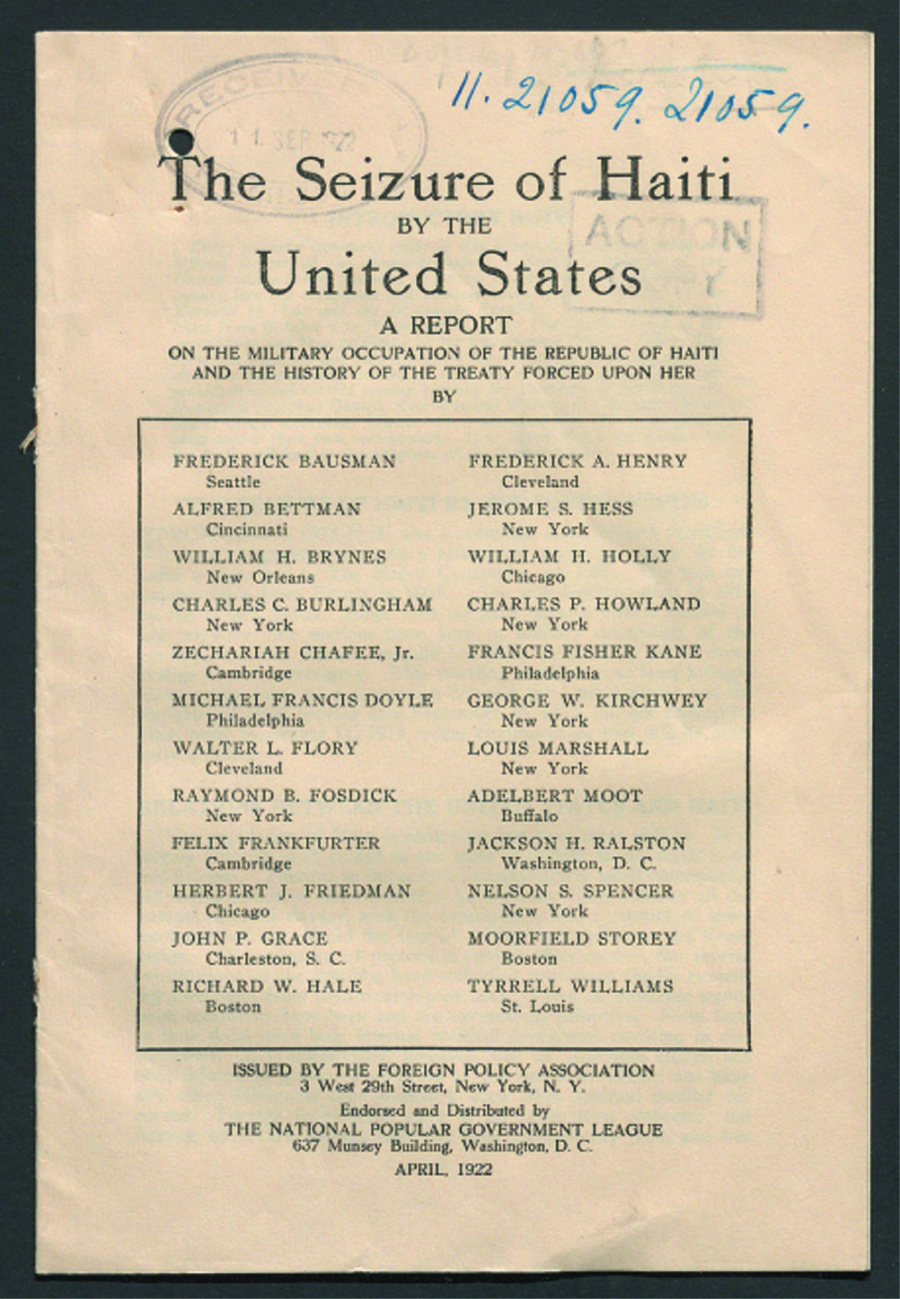
Interview with Sarat Gidda,
Co-founder of Raddis Textiles Private Limited and the Vice President of Vice President of Grameena Vikas Kendram’’ Vice-President of the grass-roots organisation Grameena Vikas Kendram (Society for Rural Development in India)
Attending international environmental conferences definitely is the way to go if you want to learn about new initiatives and projects. In line with this, we had a chance to link up with this engaged and dynamic person, Sarat Gidda, who is the vice president of an amazing and very inspiring NGO in India. Mr Sarat, the floor is yours.
Q: You are currently the Vice-President of the grass-roots organisation Grameena Vikas Kendram (Society for Rural Development in India) and the co-founder of #RaddisCotton, in Andhra Pradesh. Could you tell us a little more about yourself, about it and about how it all started?
I am the Vice President of Grameena Vikas Kendram Society for Rural Development, the grass-roots-level organisation implementing the RaddisCotton program. I am also the Director of Raddis Textiles Private Limited. These are my titles.
We saw the problem first-hand. There was a huge uproar in India around cotton farmers. At one point there were more than 10,000 farmer suicides in India every year, the majority of them cotton farmers. The problems were not limited to this. The kind of pressure cotton cultivation puts on biodiversity is immense. There’s genetic modification, the high use of fertilizer and chemical pesticides, and recently, we started seeing herbicides as well. This leads to death and degradation of all species in the ecosystem where cotton is cultivated, including humans. We wanted to change this.
Q: You were trained as a mechanical engineer working in the private sector and had never been on a farm. How did you manage the transition?
It certainly was difficult in the initial days. Especially, the seasonality of certain activities makes everything time-bound with actual deadlines before which farm activities must be concluded. My founder, Aneel Kumar A, supported me closely in gaining the perspective of rain-fed farm production in the tribal areas of India. Once I was on the farm, I felt it had a lot to do with applying common sense and the science we study at school. I learnt many things first hand when I moved to a tribal village and lived there along with the farmers. This gave me a clear perspective of their day-to-day lives and how farming is conducted. The shift to regenerative agriculture makes sense when you zoom out and see what’s happening. It’s logical and is the only way forward. The faster you adapt, the better.
Q: If I got it right, you are an NGO owning a company for profit in Holland. Could you tell us more about how it works?
We are a social enterprise consortium. We are a group of organisations that come together to deliver RaddisSystem, a food and fiber system. The NGO focusses on developing the farm program and works with the indigenous farmers in India. The NGO raises funds, trains, builds infrastructure and builds capacity in indigenous women farmers to move away from harmful chemicals and produce food and fibre in a regenerative, organic way.
The companies in India and Holland focus on aggregating, processing, and making finished goods that the farmers have produced with a lot of hard work. We pay attention to detail that adds more value to an already responsibly produced commodity there by reaching out to niche markets across the globe to fetch a better price. This is reflected in the value generated for farmers.
Q: Today, your project is very successful, and you have set up many programs. How do you choose the farmers who will be part of your project?
Fundamentally, we begin by conducting a baseline study to analyse if there is a felt need for the intervention in a particular region. Once a felt need is established, we begin by having enrolment campaigns where farmers are invited to convert a part of their fields into regenerative organic agriculture. We slowly saturate 100% of the farmers’ fields and aim to saturate 100% of the village in 2-3 years time.
Q; When it comes to funding, where does the money come from?
We charge an ‘acre contribution’ from the brands that would like to participate and off-take commodities produced under RaddisCotton program. The NGO responsibly spends this on the farm program and provides a report on the impact generated.
Q: What would you like to achieve in the coming years?
We are currently at a 3000-acre level. By 2027, we would like to have more than 50,000 acres under regenerative organic production.
Q: Finally, if you have a message for our readers, what would that be?
Consumer awareness is important. I implore your consumers to ask themselves, ‘Who made my clothes?’ What is the story behind the piece of cloth I am wearing? Why does it cost what it costs, and, if I’m spending good money on it, why should the hands that make it starve and be exposed to inhumane working and living conditions? Companies change based on the demand from consumers. The next time you shop, ask for the story behind the cloth and see if you would like to be associated with the garment however beautiful it is if it isn’t produced responsibly.
ID Canada / ISSN 2563-818X (En ligne) – ISSN 2563-8181 (Imprimé






